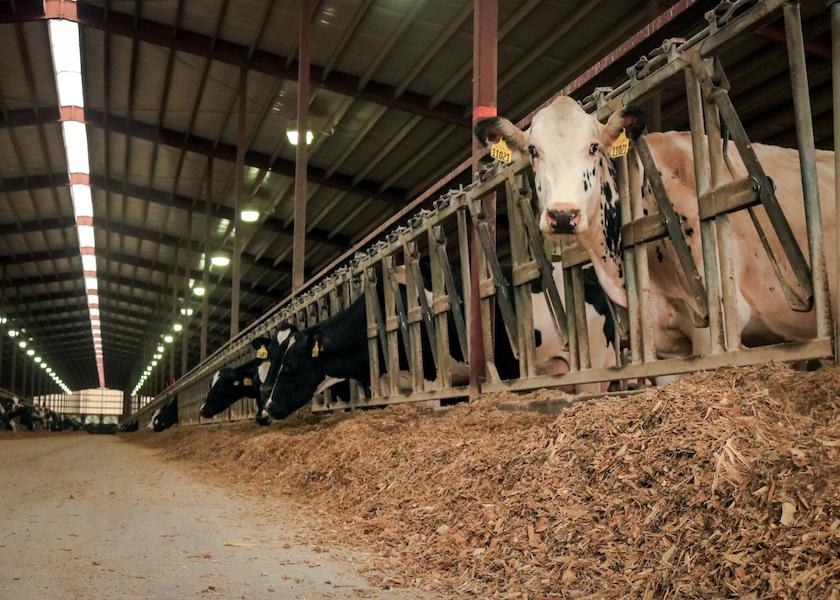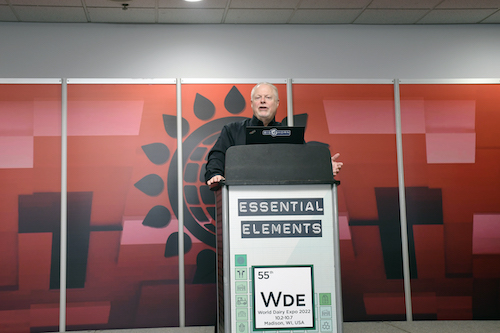How Much Can a Probiotic Really Do?

A product that can support normal gastrointestinal functions, reduce the presence and impact of potential harmful organisms and reduce the impact of heat stress sounds like a worthy investment to most producers.
Yet Dr. Steve Lerner of Chr. Hansen, Inc. argues that those are all things that cannot be measured or proven of any product or service. During a Knowledge Nook session at World Dairy Expo, he said, “Supporting ‘normal’ is what I believe everyone wants every day. The greater percentage of normal, healthy dairy cows in any commercial herd, the greater the likelihood of economic success.”

Lerner defined normal as “generally free of observable abnormalities or deficiencies; functioning in a natural, expected way.” He went on to describe the benefits of an effective probiotic, not in terms of the “gains” to be achieved, but in terms of the “pains” to be relieved. Pains that a probiotic can alleviate that also support normal include fewer death losses and fewer digestive upsets.
According to Lerner, every KPI for a given herd follows the concept of a bell curve with a tipping point. Every bell curve has a threshold for disaster, or tipping point, where animals to the left of that threshold line will require a disproportionate amount of time and money relative to their value.

“Our job as managers is to keep as many animals on the right side of that tipping point as possible. That is, to keep every animal performing normally,” Lerner said. “We believe that when a population of animals is provided every day with an effective probiotic, we see a positive shift towards success, and a notable reduction in variation.”
Under ideal conditions, Lerner illustrated that an effective probiotic would keep the whole herd away from the crucial tipping point. But factors beyond the control of the farmer including bad weather, environmental or disease challenges, flatten the bell curve, resulting in a percentage of the herd that creeps towards the threshold line.
“If that same population is on an effective probiotic, there's nothing we can do to prevent those bad things from happening. They still present challenges to those animals, challenges that may impact their capacity to be normal and to achieve their genetic potential,” Lerner said. “But what we're hoping is that even when those bad things occur, we're still able to keep every animal safely to the right side of that threshold for disaster. This is the concept of supporting normal with effective probiotics.”
Additional important considerations to supporting normal are the less tangible alleviated pains for the owner or manager of the dairy. These can include peace of mind that you’ve done all you can to keep your cows and heifers happy and normal or significantly reducing the number of times you suffer from the rapid-onset stress of losing an early-lactation cow.
“If you have a herd where all the individuals are healthy and normal, and you’re under less stress, you’ve increased your chances of economic success, then maybe you can make ends meet a little easier,” Lerner said. “Maybe you can even manage a dairy where the hospital pen is just empty space. If you can reduce the number of problems you have, and increase the percentage of animals that are normal, then maybe you have more time to spend with grandchildren, or to fly fish or go to the game – to spend time on what matters most.”
For more on animal health, read:
- Animal ID and Actionable Data Go Hand in Hand
- When Stray Voltage Strikes
- Give Your Herd Health Records a Tune-up







